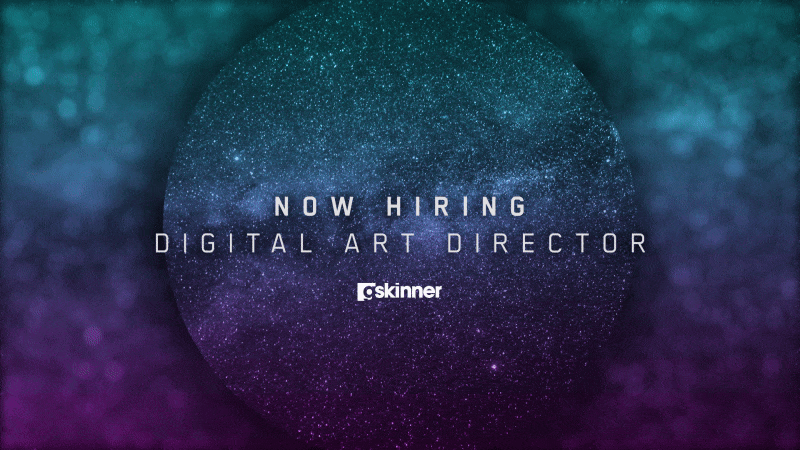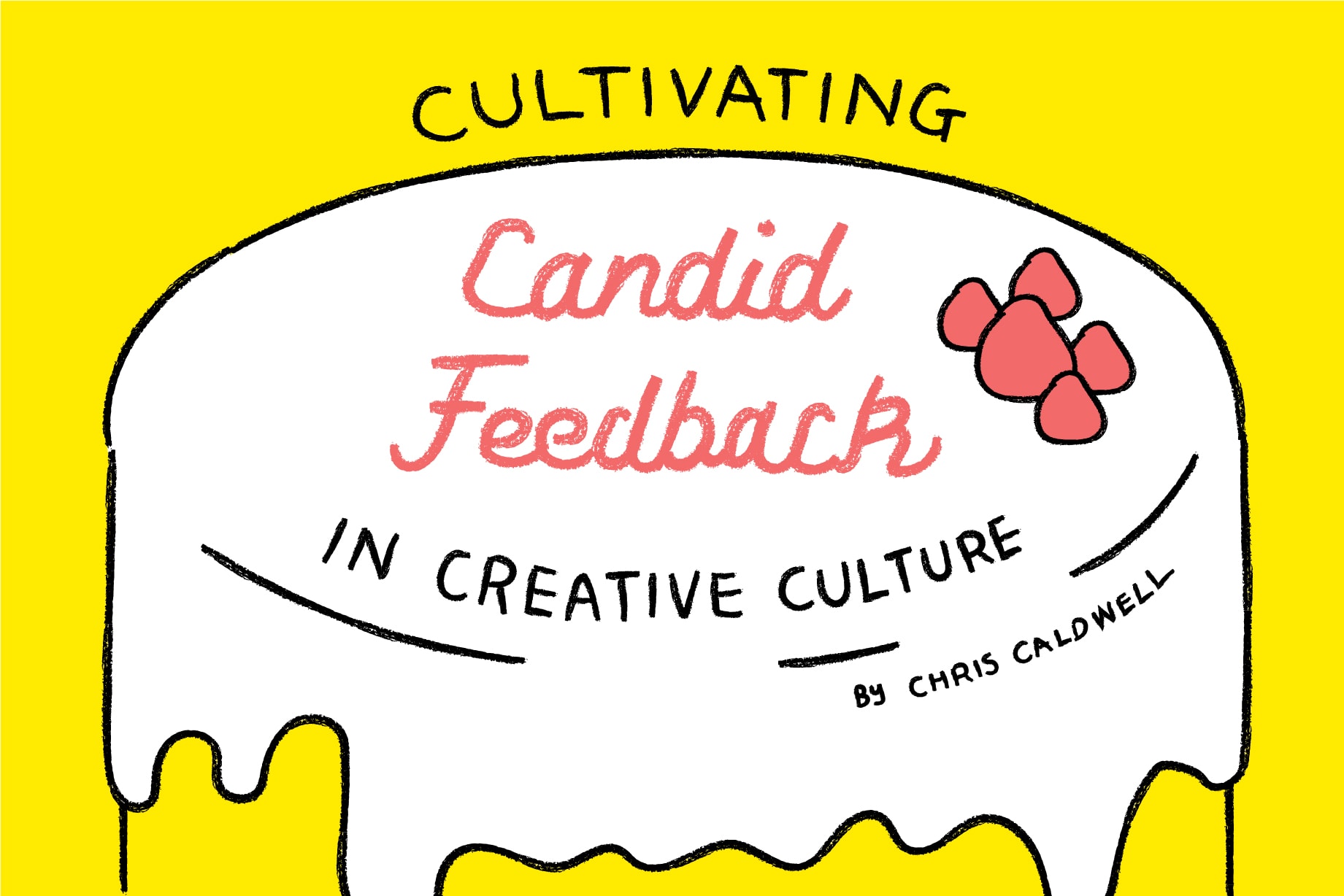We are currently seeking to fill a job opening for a full-time visual designer in Edmonton.
The Role
Are you passionate about designing amazing digital experiences? Interested in creating engaging, usable UI on emerging platforms for incredible clients like Microsoft, Google, Mozilla, Adobe, NASCAR, Atari, and EA? Want to build best-of-breed apps, games, and experiences that run on everything from desktop, tablets, and phones, to smart TVs, VR, and robots?
It can be a challenging role, but you’ll be part of one of the best interactive teams on the planet, ensuring you have the training to excel, and the support to do it without too much stress or OT.
Requirements
Strong visual / aesthetic UI design skills. A passion for designing interfaces that are genuinely usable, engaging, and beautiful on a variety of platforms and screen formats. A working knowledge of typography and how to leverage it appropriately.
Any experience level is welcome (passionate junior to proven senior), but some industry experience is valued.
Bonus Points
Experience with any of the following get you bonus points, but aren’t a necessity: motion design, HTML / CSS experience, illustration, formal UX / interaction design experience, sketching (paper & pen), writing skills, prototype / walkthrough presentations.
Compensation
We offer competitive wages based on experience and proven ability. We strongly believe in a work / life balance and offer regular hours, benefits, and performance bonuses.
Applying
You can apply by sending an email to jobs@gskinner.com. Please share a few examples of interesting or innovative visual designs that you think best reflect your skills and interests.


 I’ve been exposed to a variety of corporate cultures. Some fill me with inspiration, fellowship, and support, where my co-workers are my best friends and I trust them to give honest feedback — knowing they want to solve problems, and help me produce my best work. Others, leave me exhausted: struggling with job satisfaction and feeling alone. At the root of this, is a feeling that surfacing issues or concerns to managers will fall on deaf ears. When managers listen and do not take action or follow up with action, I’m left feeling powerless to affect change.
I’ve been exposed to a variety of corporate cultures. Some fill me with inspiration, fellowship, and support, where my co-workers are my best friends and I trust them to give honest feedback — knowing they want to solve problems, and help me produce my best work. Others, leave me exhausted: struggling with job satisfaction and feeling alone. At the root of this, is a feeling that surfacing issues or concerns to managers will fall on deaf ears. When managers listen and do not take action or follow up with action, I’m left feeling powerless to affect change.